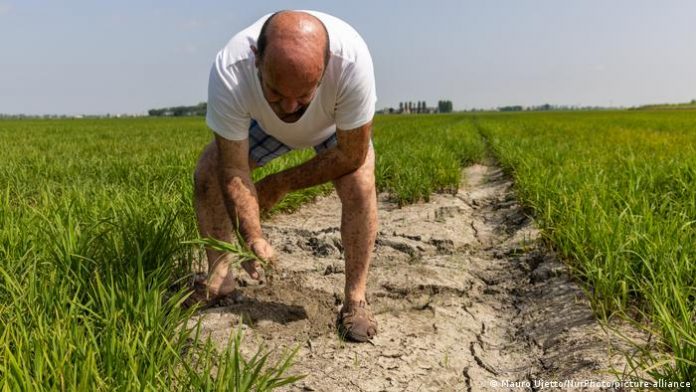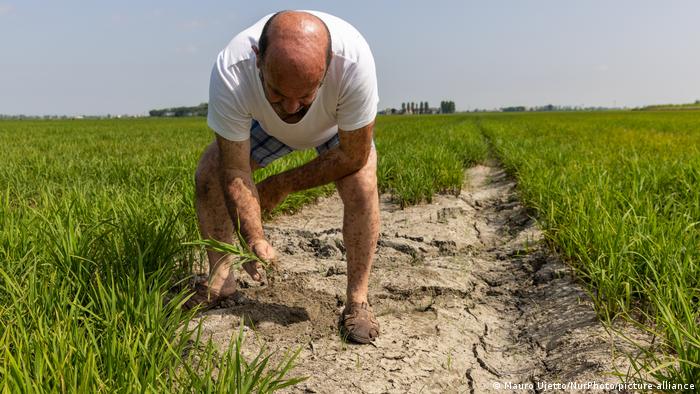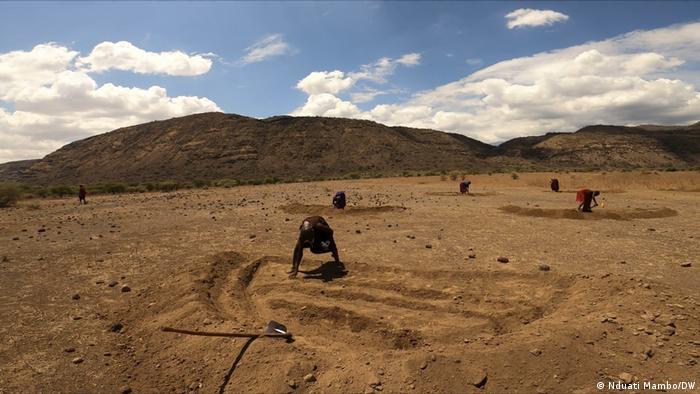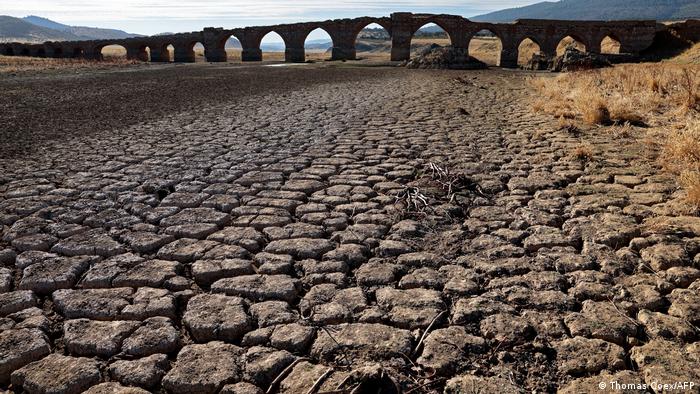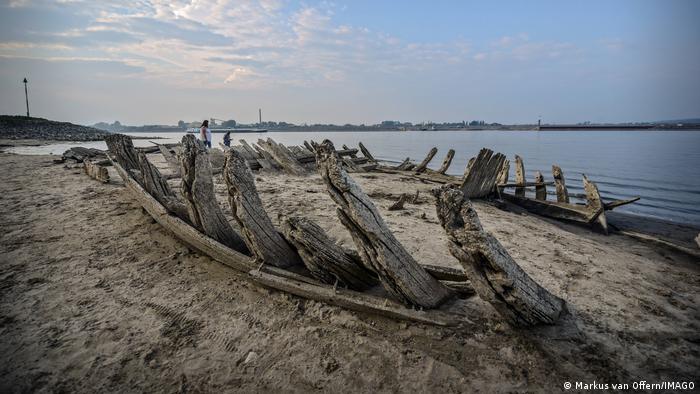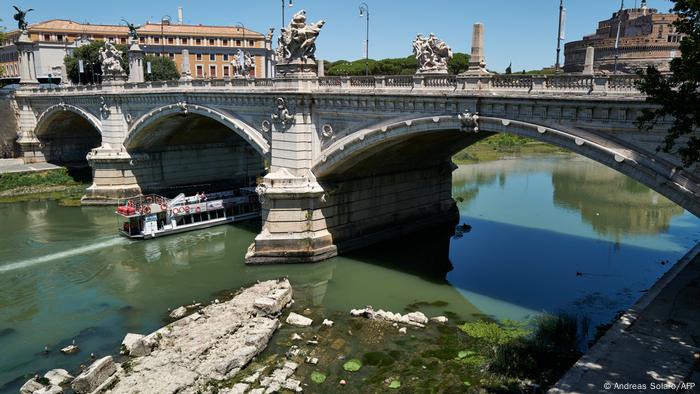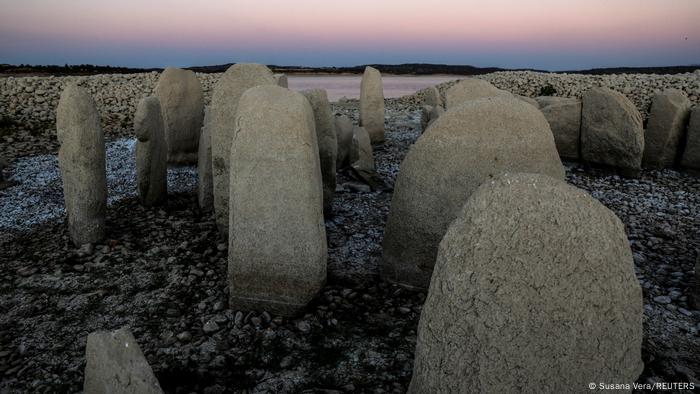Earth is quickly overlooked as the dirt on our shoes, as the partly muddy universe of gardeners and farmers, with which one actually has little to do. It is vital for all of us. Without soil, growing food becomes problematic.
Soil is a complex matter. It is a mixture of mineral and organic waste teeming with microscopic life. Nutrient-rich topsoil is extremely important for productive agriculture. However, it may take centuries for this to develop. On the other hand, it can be destroyed within a few years or dry up and erode as a result of a drought like this summer in Europe.
“We are observing that the droughts are becoming more and more intense and that soil erosion is also increasing,” says Lizeth Vasconez Navas, a scientist at the Institute of Soil Science at the University of Hamburg.
Although it may sound illogical, after months of little rain, a heavy downpour is not necessarily a boon for farmers. Certain soils, particularly clayey ones, can become so dry that they are no longer able to absorb water. Then, when it rains, the water flows over the ground, washing away tons of soil and valuable nutrients. Large amounts of water can even turn into flash floods.
Nicole Wellbrock, a soil expert at the Thünen Institute for Forest Ecosystems, north-east of Berlin, says sudden, extreme rain showers have become more frequent and useful rainfall less frequent as a result of climate change. “We actually need long, even rainfall that seeps in slowly and moistens the soil.”
So how can the soil be protected?
Experts say that if you want to prevent parched soil from falling victim to erosion, it is important to create new soil cover as quickly as possible.
Fast-growing plants can help prevent further soil loss while also replenishing lost nutrients by fixing nitrogen in the soil.
These “ground cover” such. B. Legumes, wheat, oats and barley can act as a kind of natural protective shield. They slow down evaporation and retain moisture while lowering the temperature on the ground.
In this way, erosion can be contained, weeds and pests suppressed, the root system stabilized and organic matter increased. In other words, the soil is regenerating, according to a report by the Council on Energy, Environment and Water, an Indian non-profit research organization.
Another way to keep soil moist is to apply a layer of mulch — ideally compost made from green plants — to the soil surface, according to Lynda Deeks, a senior research fellow in soil science at Cranfield University in the UK. “Over time, it gets incorporated into the soil, increasing organic matter.”
Soil biological activity decreases in extreme heat
Soil moisture is also important for wildlife in the earth. “When it gets that dry and that hot, the microorganisms stop working,” says Nicole Wellbrock. Without the contribution of organisms like the nematode, for example, the nutrient cycle that provides plants with what they need to grow slows down.
Extreme heat shuts down activities in the ground
And it’s not just about microorganisms. “When it gets dry, earthworms go into a state called estivation – they basically go to sleep,” says Roy Nielsen, a soil ecologist at the James Hutton Institute in Dundee, Scotland. The earthworms then stop adding organic matter and aerating the soil, also reducing the water drainage capacity.
Trees back to the field
To help ecosystems and soils regenerate after long periods of stress, we should turn to nature,” says Vasconez Navas from the University of Hamburg. One nature-inspired solution is agroforestry, in which trees are planted in the midst of traditional cropland will.
Wellbrock from the Thünen Institute said there are generally no trees in fields in Germany. “In the past they were removed as part of the agrarian reform because of course it was arable land and [die Landwirte] preferred large, uniform areas,” says Vasconez Navas.
Not only do trees help control erosion and evaporation and provide shade, they also help revitalize drought-damaged soils.
Certain tree species, known as fertilizer trees, absorb nitrogen from the air and store it in the soil via their roots and falling leaves.
So farmers can improve soil fertility with a cost-effective alternative to industrial fertilizers. In Malawi, Zambia, Burkina Faso and other countries in sub-Saharan Africa, these trees are already helping to double or triple yields of corn, an important staple food.
Low-tech solutions and ancient cultural techniques
In contrast, in rural areas of Tanzania and Kenya, village communities are using a low-tech method to combat desertification.
Semi-circular trenches, so-called “bunds”, are dug in the ground. When it rains, they catch the water and prevent it from evaporating too quickly. Grass seeds are then sown in these ditches, which, when germinated, control erosion and lower soil temperatures.
Conservationists around the world have been looking for solutions in the past. One is to revive terrace building on neglected farmland. Cultivation using terrace systems dates back to the Bronze Age and can be found in places like Machu Picchu in Peru. Its successive sloping levels – looking like steps cut into the earth – limit soil erosion by preventing runoff. This form of farming, which couldn’t compete with large-scale farming in the 20th century, is now making a comeback in countries like Italy and Japan.
While there are a number of ways to maintain soil productivity, due to the diversity of ecosystems, soil composition and varying conditions, there is no one-size-fits-all approach to optimal health care. This applies in particular to the consequences of climate change.
Disrupting the system as little as possible is still one of the best strategies to ensure the soil can cope with weather extremes, according to expert Deeks of Cranfield University in the UK. The organisms in the soil help hold the soil together while opening up pore spaces for water and air, which are critical to absorbing rain. “The less we do to the ground, the better,” says Deeks.
This article has been adapted from English.


